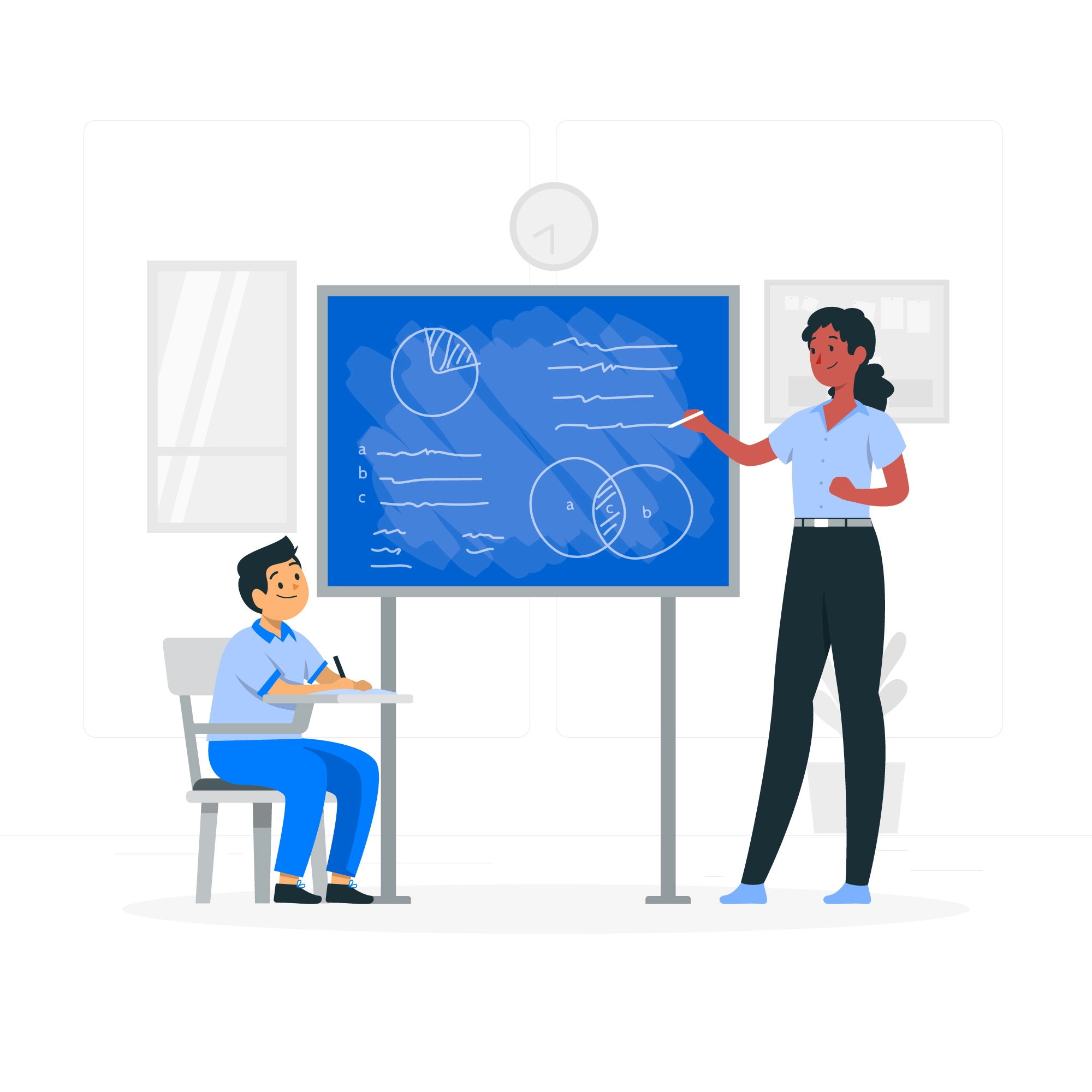Teaching is an art that combines knowledge, passion, and a desire to inspire and educate others. As educators, it’s important to reflect on how we want to teach to ensure we provide the best learning experience for our students. This article will explore various aspects of teaching, helping you develop your teaching philosophy and methodology.
Understanding Your Teaching Philosophy
What is a Teaching Philosophy?
A teaching philosophy is a reflection of your beliefs about teaching and learning. It encompasses your goals, values, and approaches to education. A well-defined teaching philosophy helps you stay focused and consistent in your teaching practice.
Why is it Important?
A clear teaching philosophy serves several purposes:
- Guidance: It helps you make informed decisions about your teaching methods.
- Consistency: It ensures a coherent approach to teaching, benefiting your students.
- Reflection: It encourages ongoing self-assessment and professional growth.
Key Components of a Teaching Philosophy
Beliefs About Learning
Your beliefs about how students learn influence your teaching methods. Do you believe in a student-centered approach, where learners construct their own understanding, or a more traditional, teacher-centered approach?
Teaching Methods
Outline the methods you prefer to use. These could include:
- Lecture-Based: Delivering content through structured presentations.
- Discussion-Based: Facilitating student interactions and discussions.
- Project-Based: Encouraging hands-on projects and real-world applications.
- Technology-Enhanced: Integrating digital tools and resources.
Goals for Students
Define what you hope your students will achieve. This might include:
- Knowledge Acquisition: Understanding fundamental concepts.
- Critical Thinking: Developing analytical and problem-solving skills.
- Lifelong Learning: Instilling a love for continuous learning.
Creating an Engaging Learning Environment
Building a Positive Classroom Culture
A positive classroom culture is essential for effective learning. Foster an environment where students feel safe, respected, and motivated to participate.
Encouraging Student Engagement
Active participation enhances learning. Use techniques such as:
- Interactive Activities: Group work, debates, and simulations.
- Technology Integration: Utilizing educational software and online resources.
- Real-World Connections: Relating content to real-life scenarios.
Differentiating Instruction
Understanding Student Diversity
Recognize that students come with different backgrounds, learning styles, and abilities. Tailor your teaching to meet their diverse needs.
Strategies for Differentiation
Use various strategies to accommodate different learners:
- Flexible Grouping: Group students based on their needs and strengths.
- Varied Instructional Methods: Combine visual, auditory, and kinesthetic approaches.
- Choice Boards: Allow students to choose how they demonstrate their understanding.
Assessing Student Learning
Formative vs. Summative Assessment
- Formative Assessment: Ongoing assessments that provide feedback during the learning process. Examples include quizzes, discussions, and peer reviews.
- Summative Assessment: Evaluations at the end of a unit or course, such as exams and projects.
Using Assessment to Inform Instruction
Regular assessments help you understand student progress and adjust your teaching methods accordingly. Use data to identify areas for improvement and provide targeted support.
Integrating Technology in Teaching
Benefits of Educational Technology
Technology can enhance learning by:
- Providing Access to Resources: Offering a wealth of information and educational tools.
- Facilitating Collaboration: Enabling communication and collaboration among students.
- Personalizing Learning: Allowing for adaptive learning experiences.
Effective Use of Technology
Incorporate technology thoughtfully:
- Interactive Tools: Use apps and platforms that engage students.
- Blended Learning: Combine traditional and digital teaching methods.
- Flipped Classroom: Have students learn new content at home and apply it in class.
Reflecting and Growing as an Educator
Continuous Professional Development
Stay updated with the latest educational research and practices. Attend workshops, conferences, and pursue further education to enhance your skills.
Self-Reflection
Regularly reflect on your teaching practice. Seek feedback from students and colleagues, and be open to making changes to improve your effectiveness.
Conclusion
Developing a teaching philosophy is a dynamic and ongoing process. By reflecting on your beliefs and methods, creating an engaging learning environment, differentiating instruction, assessing student learning, integrating technology, and committing to continuous growth, you can provide a meaningful and impactful education to your students. Remember, teaching is not just about imparting knowledge, but about inspiring and empowering the next generation of learners.


